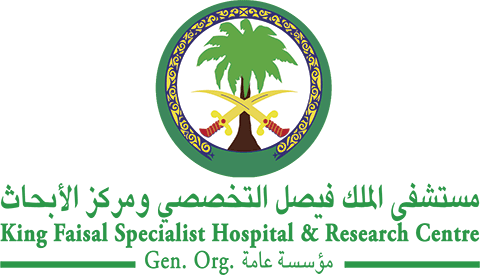Abstract
This systematic review aimed at evaluating the proportion of primary and secondary endpoints in hematopoietic stem cell transplant (HSCT) phase III randomized clinical trials (RCTs) and their trends over time and by study sponsorship status. Chi-square test and logistic regression analyses were performed using SPSS version 28. A total of 147 HSCT phase III RCTs from 2006-2021 that reported 197 primary and 600 secondary endpoints were included for the analysis. Overall survival (OS, 17%), progression-free survival (PFS, 15%), graft-versus-host disease (GVHD, 8%), event-free survival (EFS, 8%), and organ function (8%) were the most common primary endpoints. GVHD (12.3%, n=74), safety/toxicity/adverse events (11.8%, n=71), OS (11.5%, n=69), PFS (9.3%, n=56), and relapse rate (RR) (7.5%, n=45) were the most common secondary endpoints during 2006-2021. After 2013, an increase in the use of PFS (12% to 18%, p=0.196) as a primary endpoint was noted, while the use of OS as a primary endpoint declined from 20% to 13% (p=0.170). Among secondary endpoints, a statistically significant increase in the use of RR (5% to 10%, p=0.047) and NRM (3% to 6%, p=0.047) was observed. There was a significantly higher use of EFS (14% vs 4%, p=0.012) and ORR (11% vs 2%, p=0.003) as a primary endpoint in pharmaceutical-sponsored studies as compared to non-pharmaceutical-sponsored studies. As a secondary endpoint, the use of EFS (4% vs 1%, p=0.013) and ORR (4% vs 1%, p=0.028) was higher, whereas the use of organ systems/functions (1.5% vs 5.5%, p=0.022) and GVHD (6.5% vs 15%, p=0.002) was lower in pharmaceutical-sponsored studies as compared to non-pharmaceutical sponsored studies. GVHD-free relapse-free survival (GRFS) was reported as a primary endpoint in 2% of studies while only 5% of the studies reported Quality of life (QoL) as a secondary endpoint. We described commonly used endpoints in HSCT phase III RCTs and patterns in their use over time, by funding source, and study intervention category.
Recommended Citation
Shahzad, Moazzam; Khalid, Muhammad Fareed; Amin, Muhammad Kashif; Ammad-Ud-Din, Mohammad; Ilyas, Usman; Mushtaq, Ali H.; Butt, Atif; Anwar, Iqra; Chaudhary, Sibgha Gull; Ahmed, Nausheen; Shune, Leyla; Singh, Anurag K.; Abhyankar, Sunil H.; McGuirk, Joseph P.; and Mushtaq, Muhammad Umair
(2024)
"Use of Endpoints in Phase III Randomized Controlled Trials for Hematopoietic Stem Cell Transplantation over the Last 15 Years: A Systematic Review,"
Hematology/Oncology and Stem Cell Therapy: Vol. 17
:
Iss.
2
, Article 1.
Available at: https://doi.org/10.56875/2589-0646.1118
Creative Commons License

This work is licensed under a Creative Commons Attribution-Noncommercial-No Derivative Works 4.0 License.
Included in
Cancer Biology Commons, Hematology Commons, Oncology Commons

